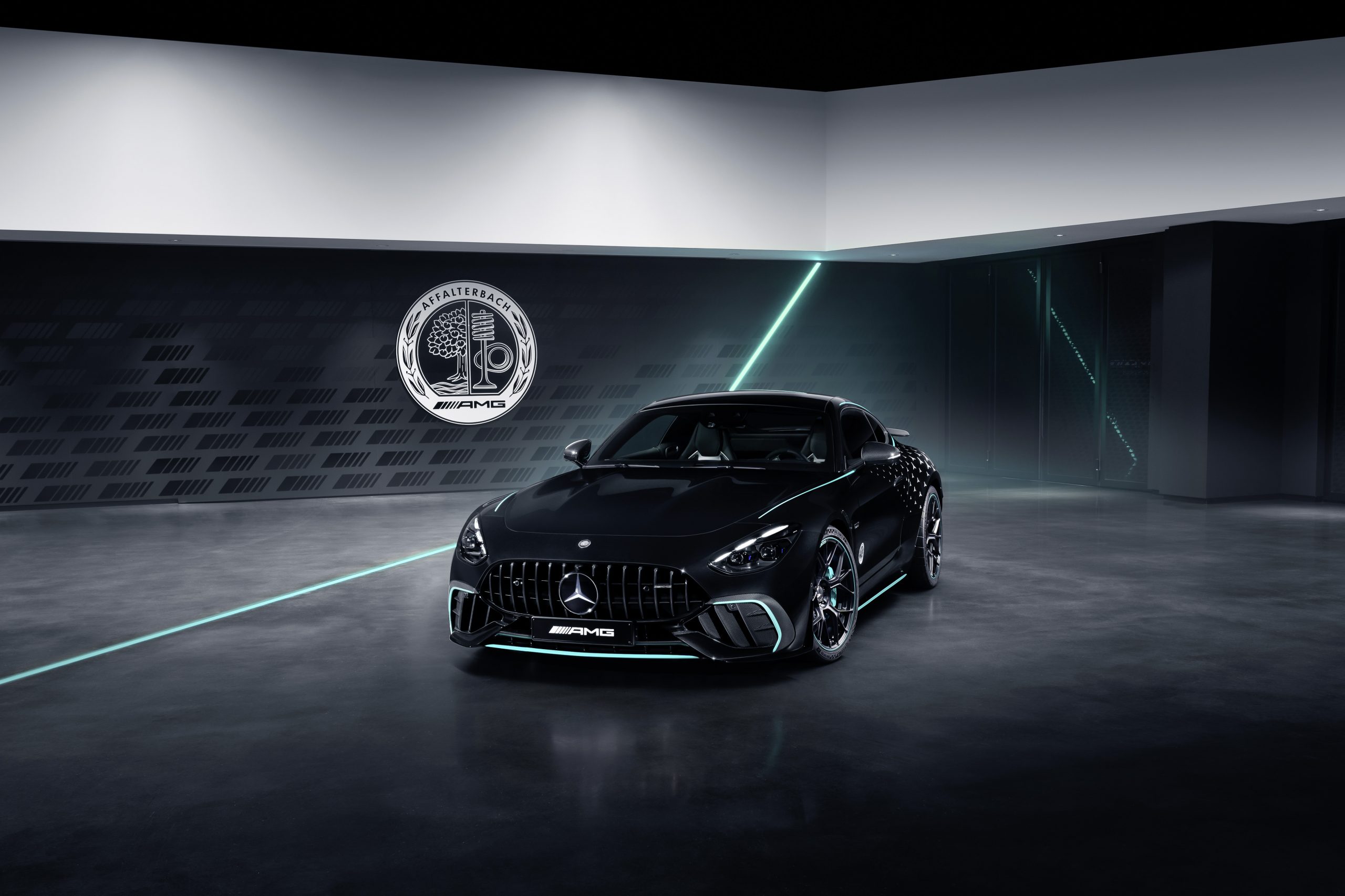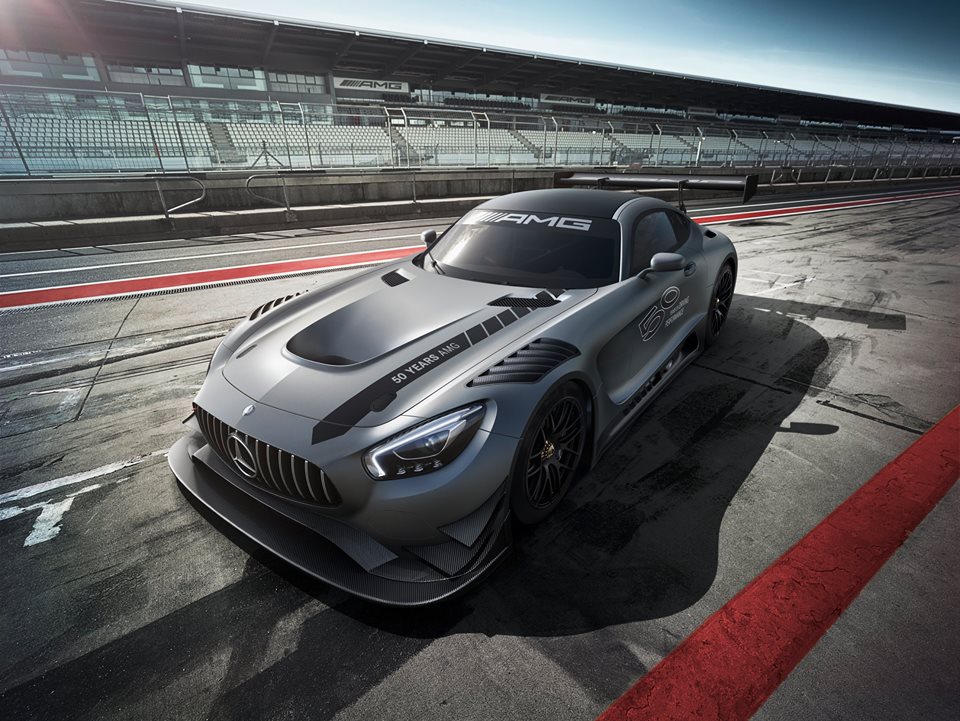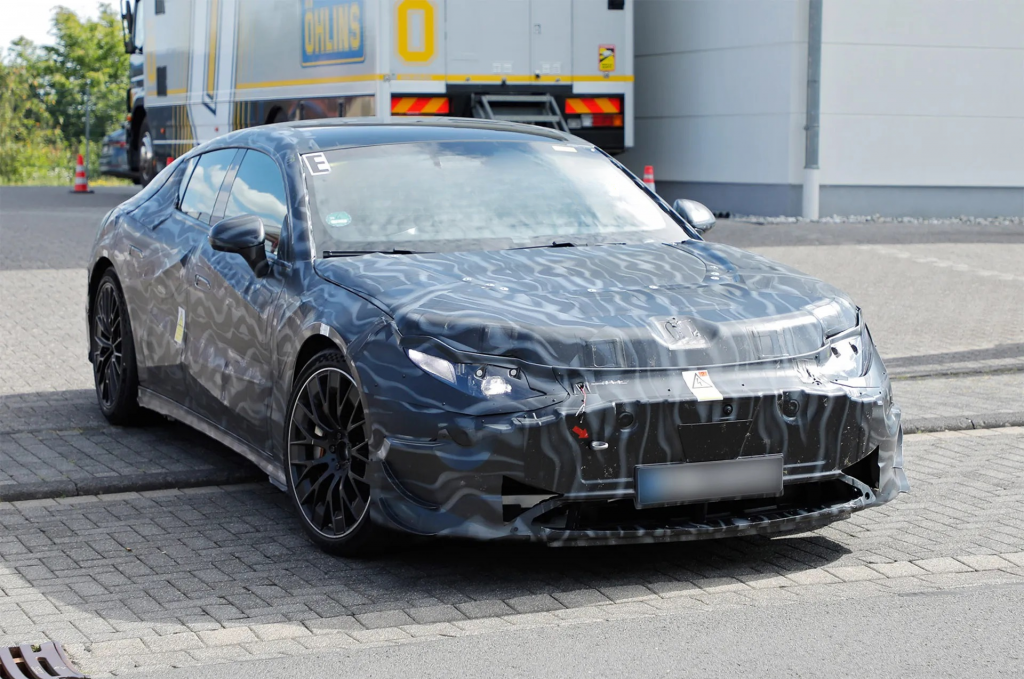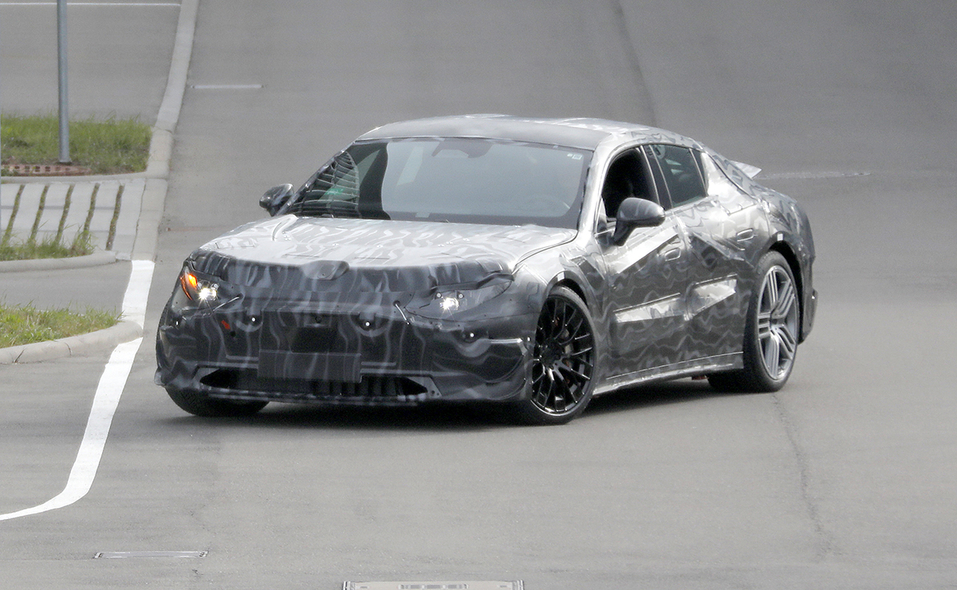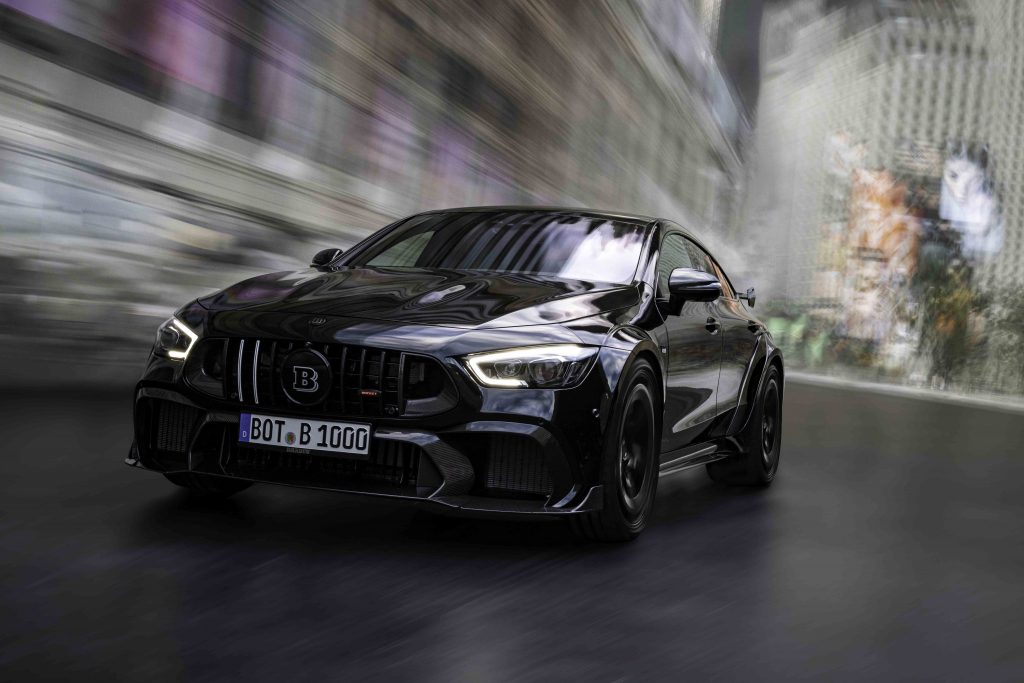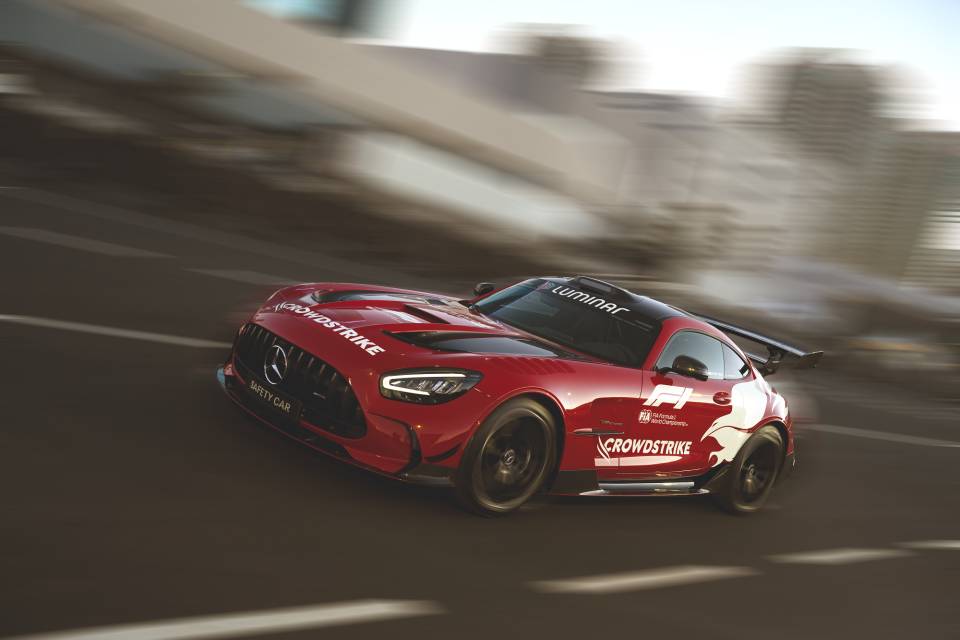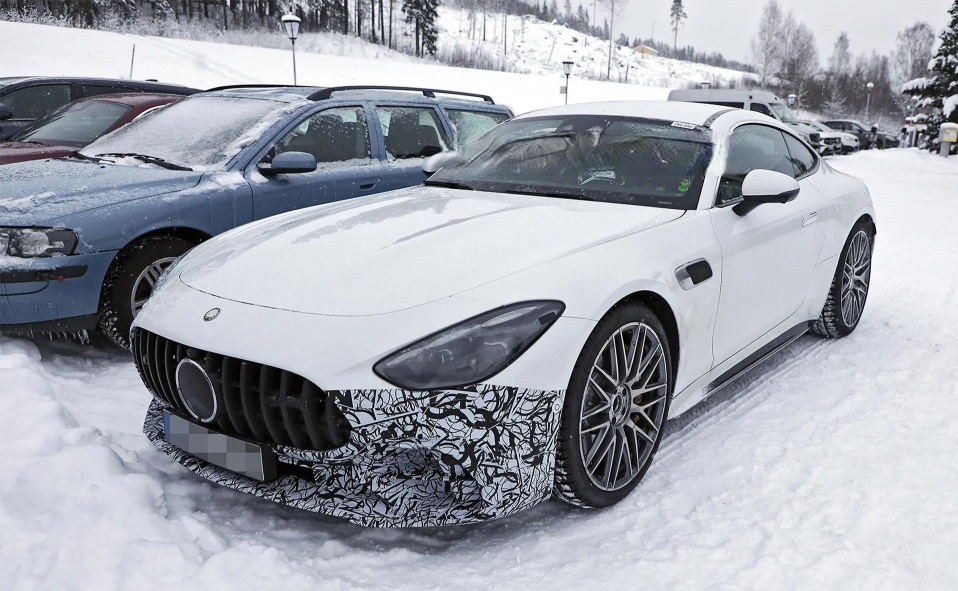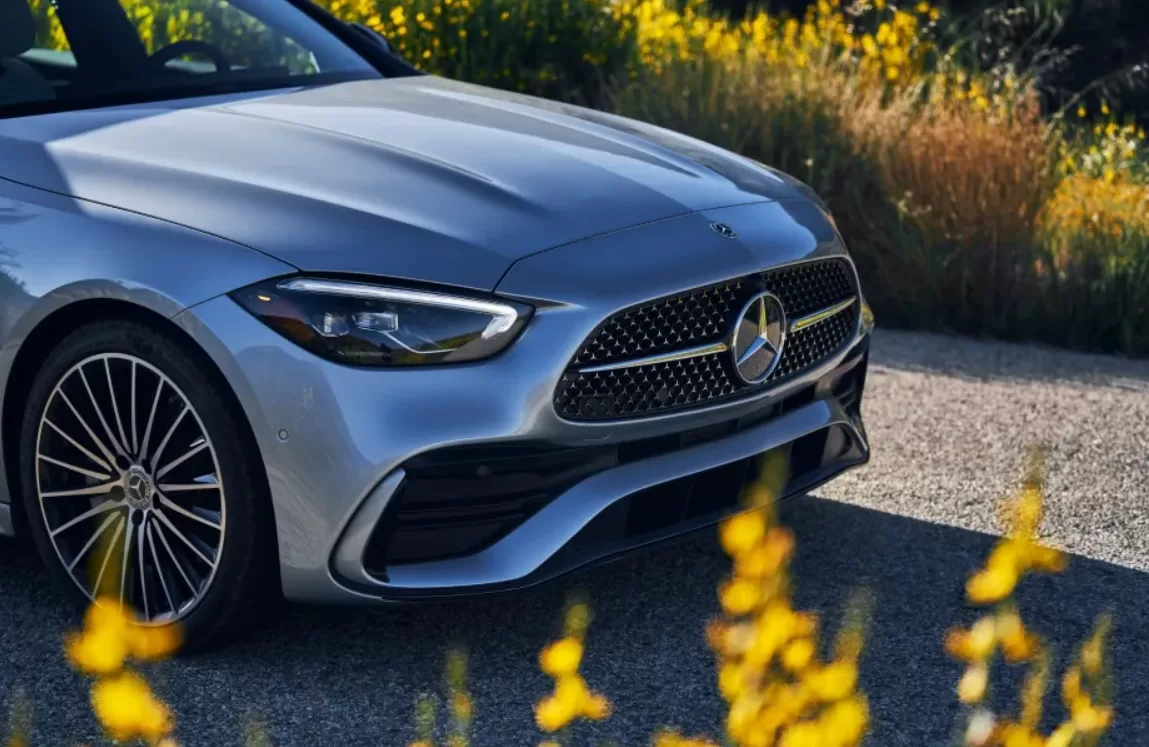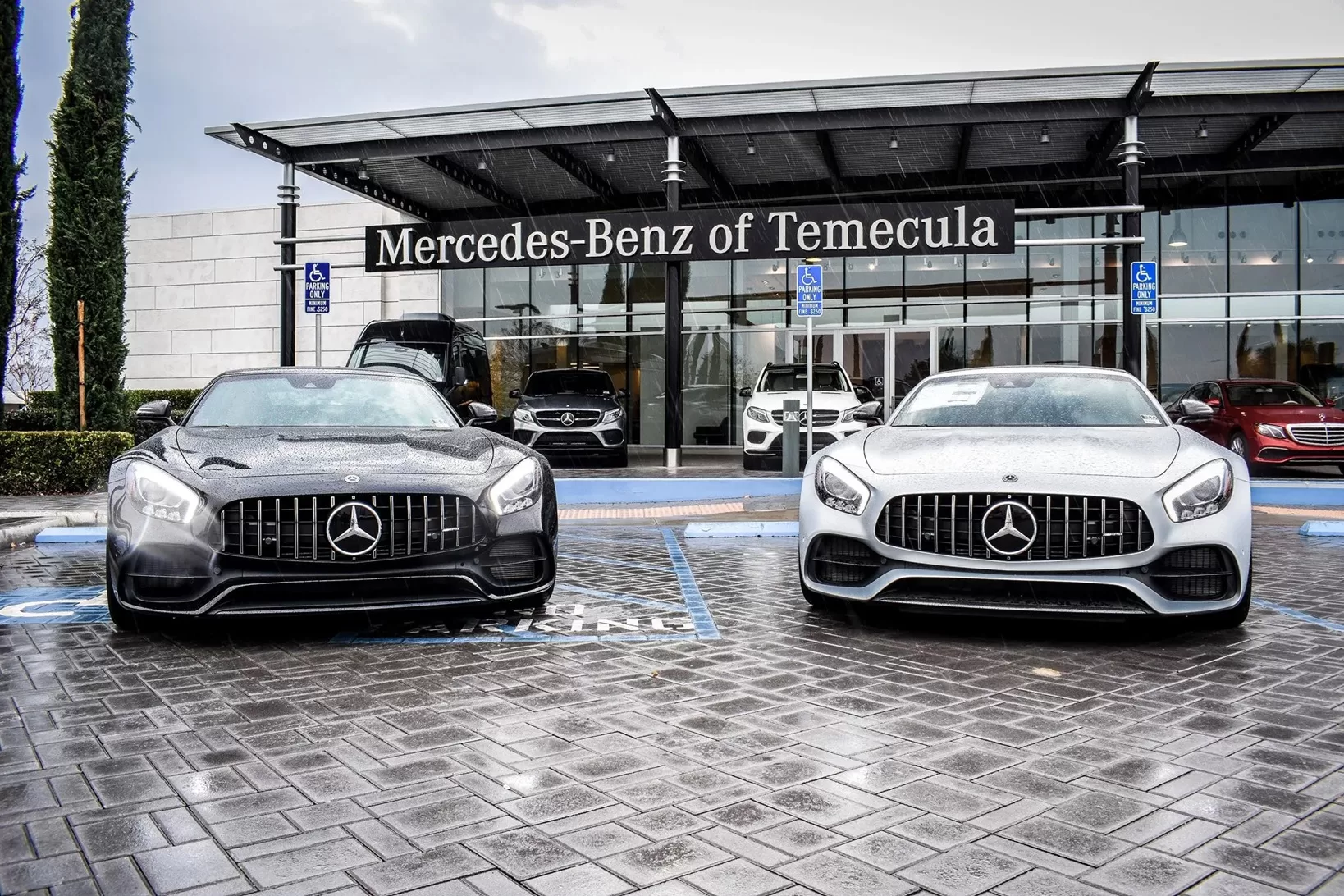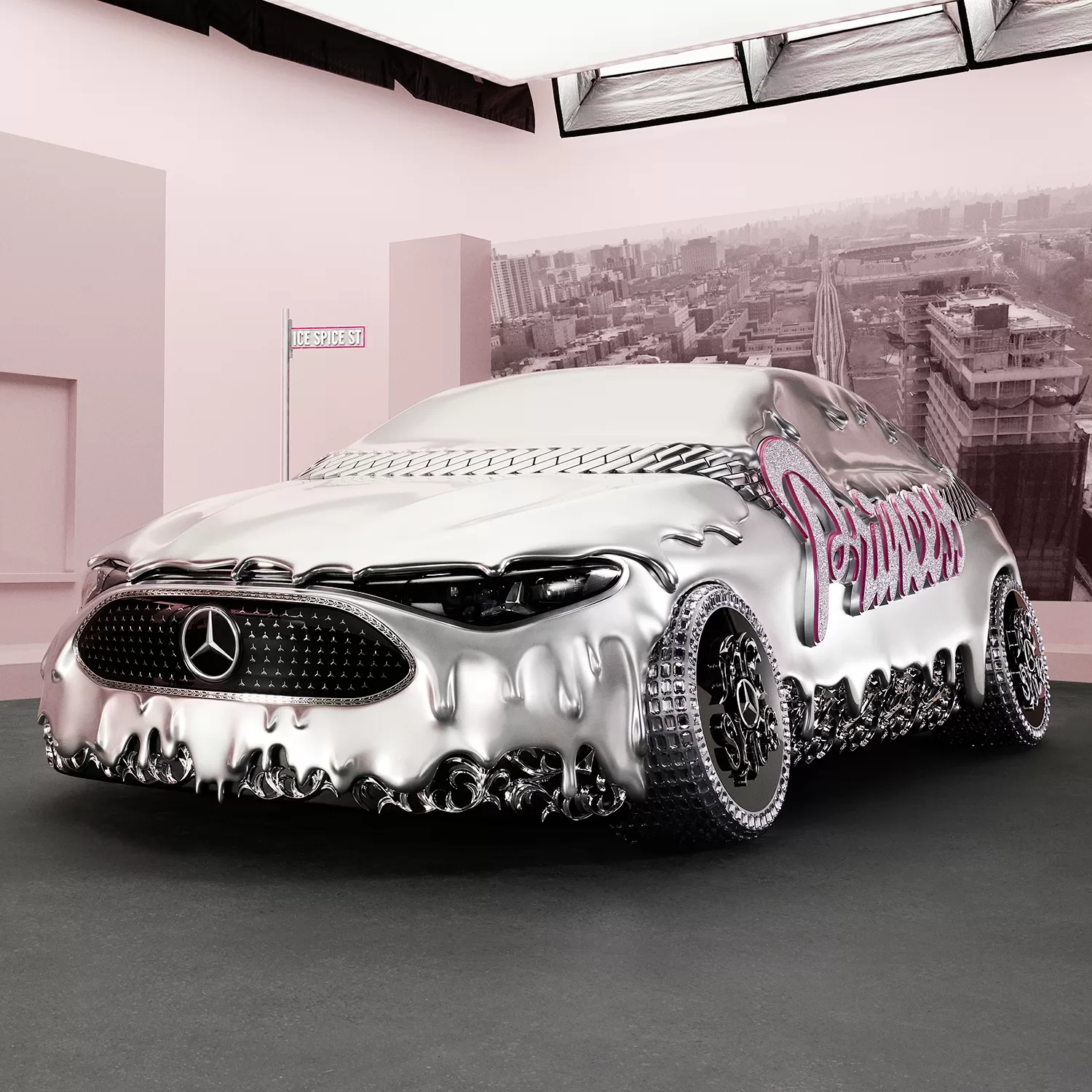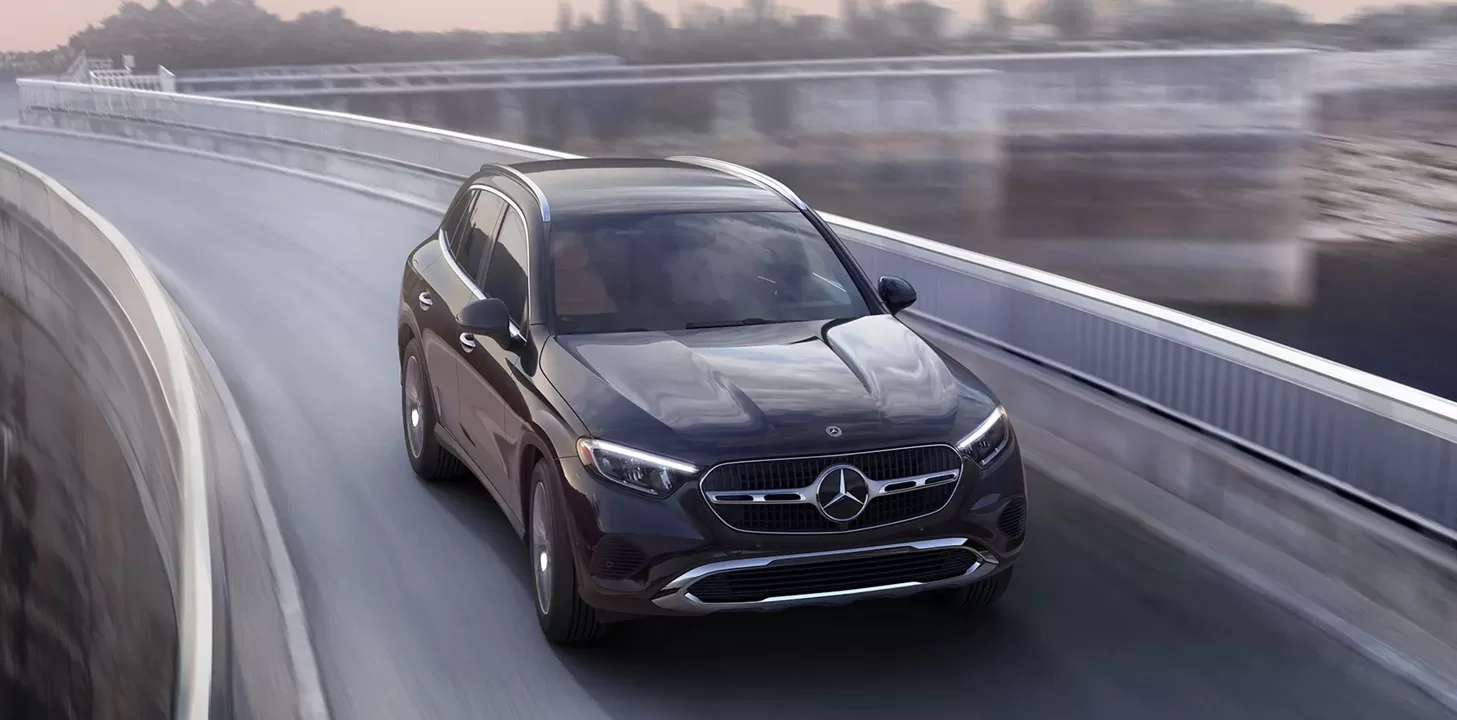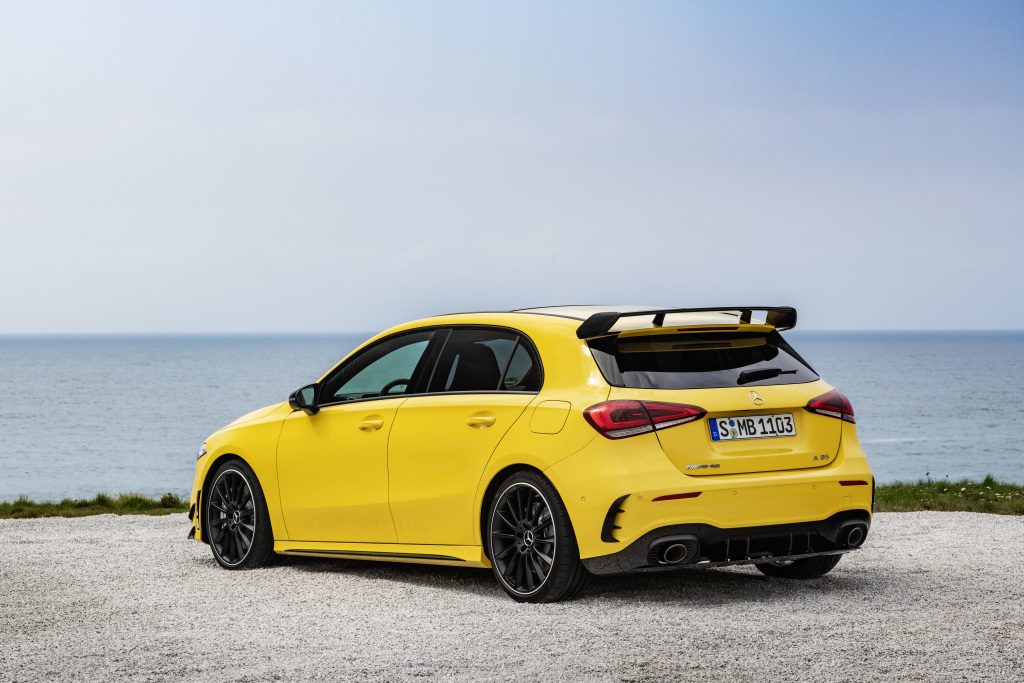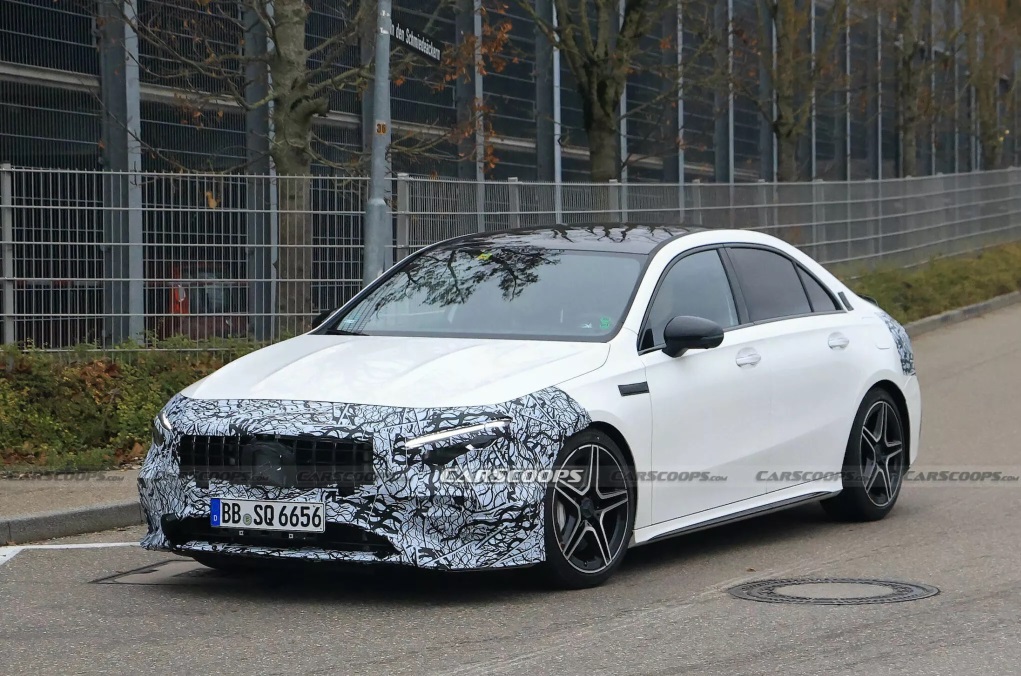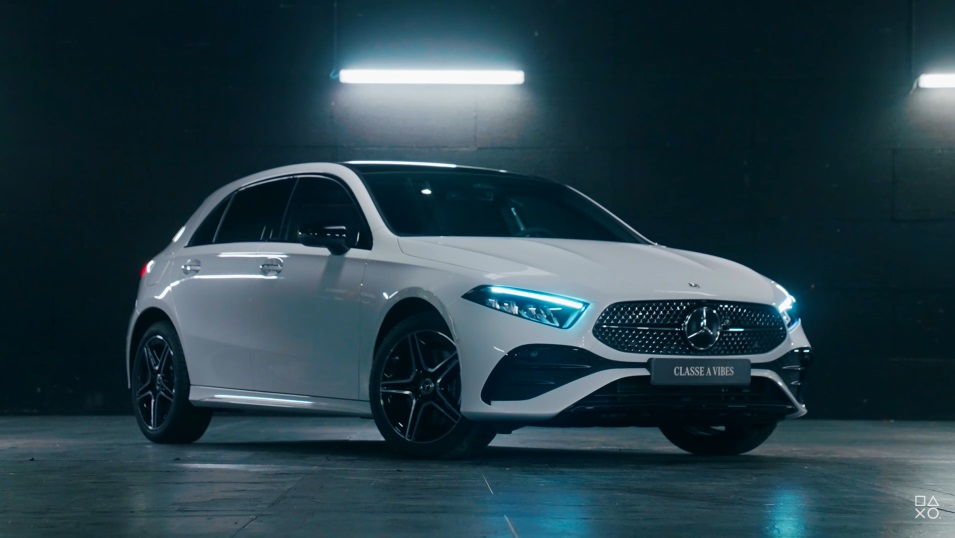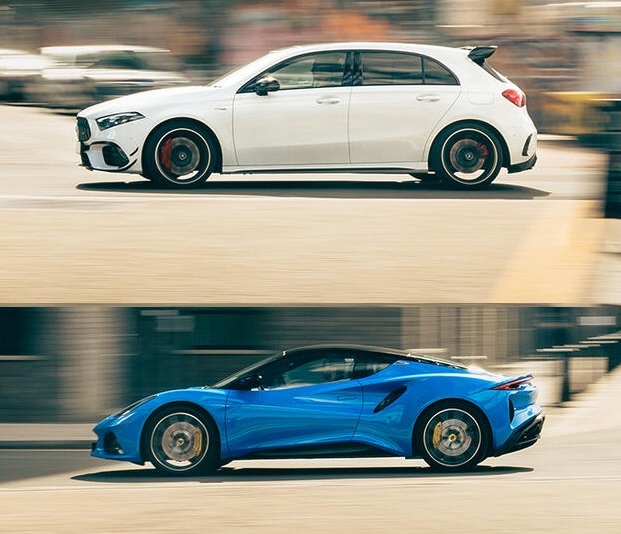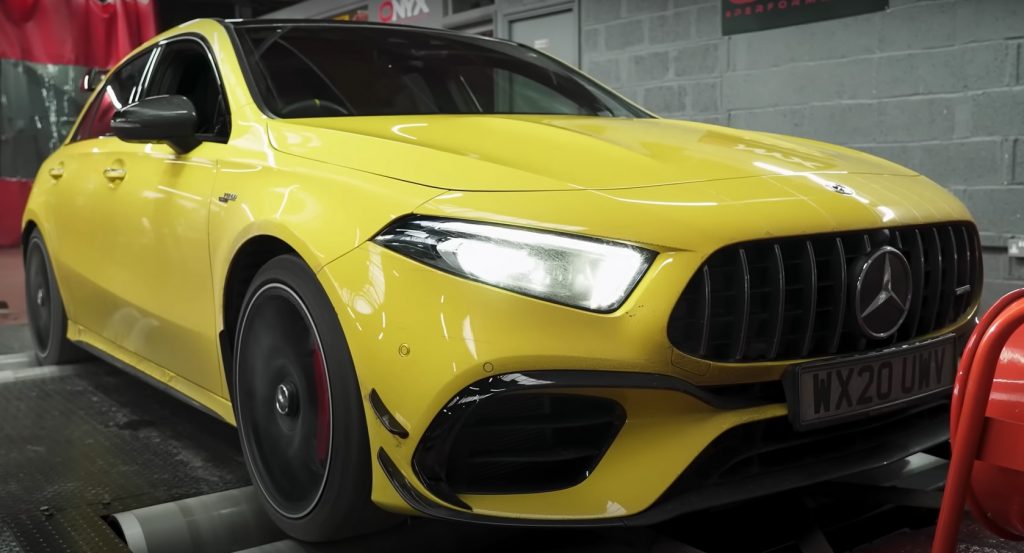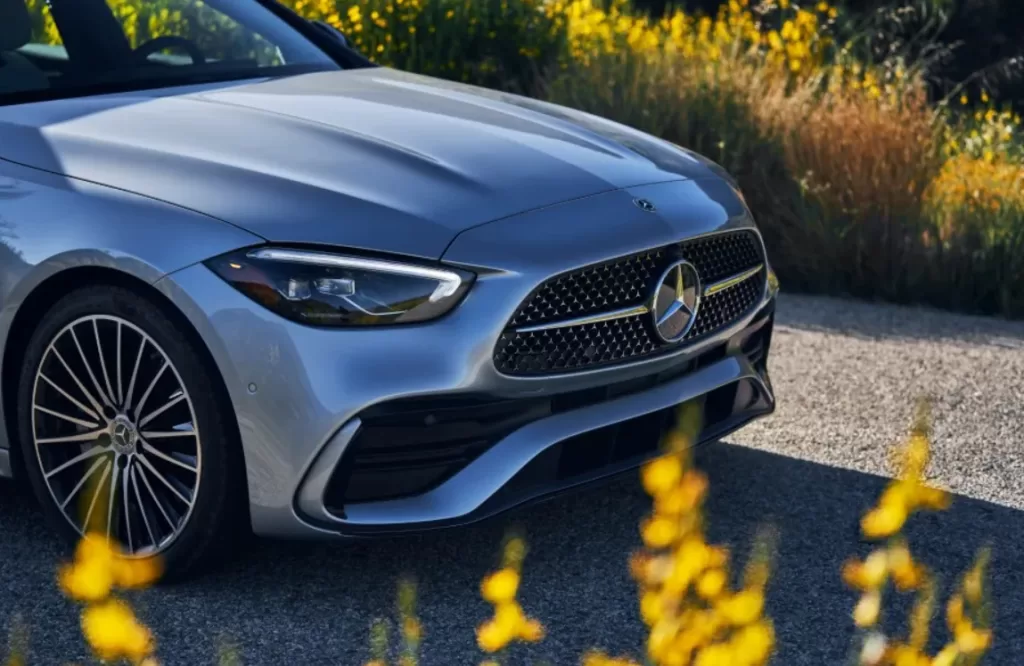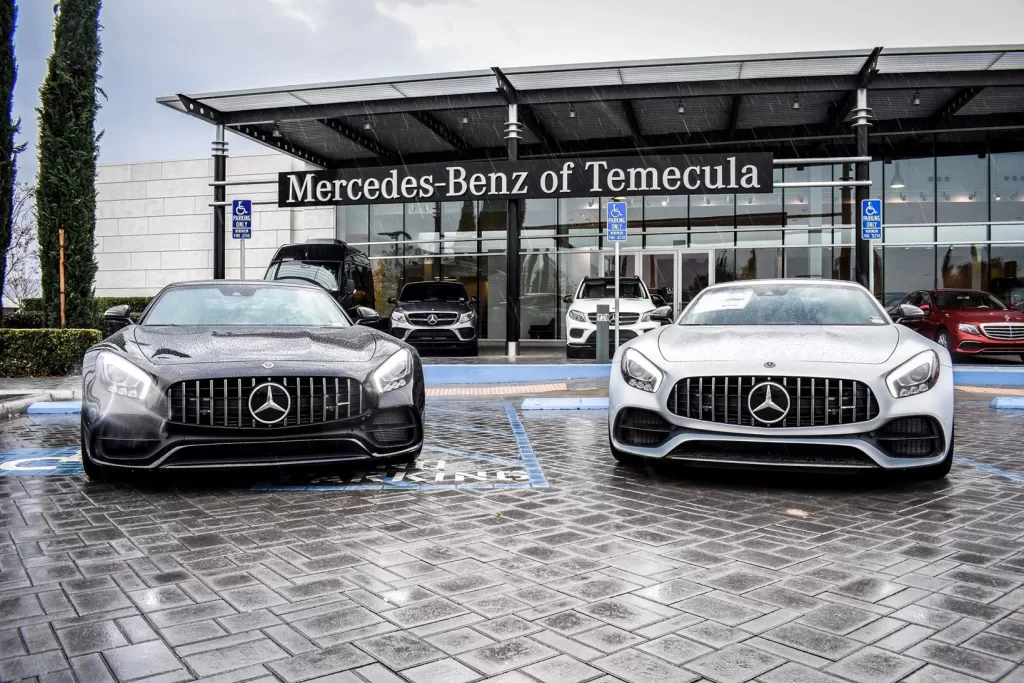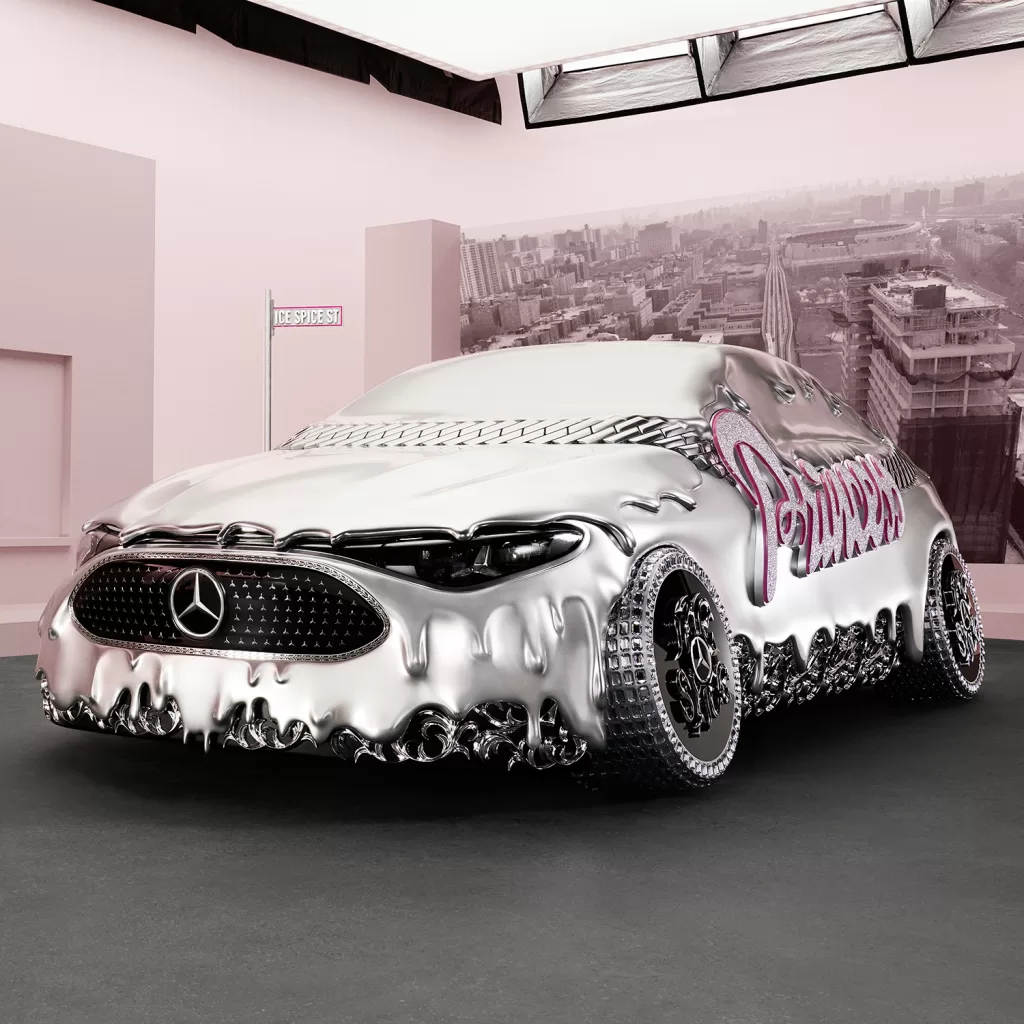The smart fortwo is a car designed with a high level of safety and technology. It is a trendsetter in terms of safety developments in small cars. The smart fortwo has been subjected to extensive crash and safety tests. The smart fortwo is one of the safest cars in the super mini segment.
During the development of the new smart all worldwide safety requirements, regulations and ratings were considered. Additionally, the new smart was designed and engineered by the safety experts of Mercedes-Benz Cars and meets very strict internal requirements.
Even the first generation of the smart fortwo was the leader among all super minis in a crash test carried out by a major German car magazine. The two-seater also received top marks for its seats and headrests in the whiplash test. In developing the new model, smart was able to build on ten years of experience with the first fortwo generation and, in addition to performing crash tests, numerous real-life accidents were also analyzed.
The tridion safety cell protects its occupants like the hard shell of a walnut. Furthermore, the metal body is additionally reinforced at strategically important points with high-strength steel. Further panel stiffening has also been integrated. For example the side skirts have solid reinforcements reaching from wheelhouse to wheelhouse that offer added protection in the event of a side crash. A small additional bulkhead bolted into the B-pillar has the same function. A double plate made of high-strength steel in the floor supports the pedals and protects the driver’s feet. Connecting plates in the cross members distribute impact energy in a targeted manner.
The tridion safety cell’s longitudinal and transverse members are designed to activate the crumple zone of the other vehicle involved in the accident and distribute the impact energy over the car’s body. The front wheels are designed as a part of the crumple zone and are supported by the side members during certain front crashes.
The U.S. version has a wider front bumper. The crash boxes are 2.5 inches longer than for the European model. They are bolted to the tridion safety cell which enables them to be replaced inexpensively following minor collisions.
The high seating position offers advantages in an offset frontal impact and a side impact. The engine, tank and starter battery are housed in impact-protected zones which makes it nearly impossible for them to penetrate the interior. The rear-mounted engine absorbs impact energy in a targeted manner in the event of a rear crash. The crash management system at the rear also features two crash boxes and the bumper in the new smart fortwo is made of high-strength steel.
Restraint system with four airbags
Every smart comes standard with full-size airbags for the driver and passenger. These are dual-stage airbags that are activated according to the severity of the impact. To predict the severity of an accident even better and activate the front airbags earlier in certain types of impact, the U.S. version of the smart fortwo has two additional satellite sensors in the front end structure.
In addition, the U.S. version of the smart fortwo comes standard with two head/thorax (neck) side airbags, seat occupancy sensor and a knee pad as standard. The passenger airbag (volume: 34 gallons) is located at the top of the instrument panel. It is only triggered when certain parameters are fulfilled and an adult is detected in the passenger seat.
Belt tensioners and belt-force limiters are standard features in the smart. In case of a frontal impact greater than a defined level of severity, the belt tensioners fire to reduce safety belt slack in a matter of milliseconds. The belt force-limiter is designed to reduce the forces on the occupants by permitting additional belt slack thereby allowing the occupants to decelerate at reduced rate.
The seat belt buckle detection reminds the driver and passenger to fasten seat belts with visual and acoustic signals. The passenger seat offers an additional safety function when a child seat is fitted. After the belt strap has been fully extended the belt locks in the desired position when retracted. It can then no longer be loosened, but only pulled tightly. This child seat function is deactivated when the seat belt is fully retracted again. To fix any additional belts (top tether) on the child seat, the smart fortwo has a special anchor point on a cross member in the floor.
The knee pad reaches across the whole width of the instrument panel and additionally reduces the risk of injury in a frontal impact by helping to prevent excessive forward movement of the lower torso and cushioning the knees and lower legs.
esp and abs standard
After seat belts, esp is the safety feature that saves the most lives. Even so, many micro cars do not offer the electronic stability program (esp) even at an additional charge. The smart fortwo comes equipped with esp as standard equipment. The system ensures that the smart follows the course set by the driver. esp uses selective brake intervention and throttles the engine power in order to stabilize the vehicle. In addition, esp also offers a few important additional features: Traction control system, brake assist, differential lock and hill start assist. The latter prevents the vehicle from rolling backwards while on a slope. Furthermore, the anti-lock braking system (abs) is integrated in the esp.
abs prevents the wheels from blocking during emergency braking. This allows the smart to remain controllable in critical driving situations. The hydraulic brake assist automatically initiates controlled emergency braking as soon as the electronics register that the driver has pressed the brake pedal quickly, but not firmly enough. The brake assist function can help considerably to reduce the car’s braking distance.
Side crash
Sitting approximately 8 inches higher than in a comparable small car usually means better protection in car-to-car crashes. Thanks to the sandwich-type design of the tridion safety cell, passengers are usually above the danger zone in the event of a side impact collision.
The smart’s wheels perform a safety function as well. If the smart fortwo is hit from the side, its compact design is of considerable advantage. Thanks to the smart’s relatively short wheelbase of 73.5 inches, the other car will almost always hit an axle, which can then absorb a part of the impact energy.
Side satellite sensors can detect a side crash at an early stage and report this to the airbag control mechanism – this in turn triggers the head/thorax side airbags. The airbag control mechanisms are housed in the side supports of the seats and protect the upper part of the body and the head. Thanks to special gas generators, these airbags inflate more quickly and firmly than their European counterparts. This is advantageous in part due to the large number Sport Utility Vehicles and other large vehicles in the United States. The door frames are made of steel and have solid cross-bracing supports. The seat shells, too, are even sturdier than in the predecessor model. All interior trims have been enhanced to further reduce the risk of occupant injury.
These extensive safety measures have succeeded in achieving a high level of safety for the smart fortwo and its occupants. The smart fortwo safety record is confirmed by numerous crash tests which the new model has passed. These include:
– A frontal impact at 40 mph (64 km/h) and 40 percent overlap against a deformable barrier
– A frontal impact at 35 mph (56 km/h) against a rigid barrier with 100 percent overlap in accordance with US-NCAP
– A car-to-car compatibility test with a current Mercedes-Benz S-Class, 50 percent overlap and each with an impact speed of 31 mph (50 km/h). Despite the high relative speed of 62 mph (100 km/h), all values measured in the smart fortwo are far below the limit values defined by law
– A side impact at 31 mph (50 km/h) against a deformable barrier
– A side impact at 31 mph (50 km/h) against a deformable SUV barrier
– A side impact at 20 mph (32 km/h) against a solid post
– A rear impact at 50 mph (80 km/h) and 70 percent overlap with a deformable barrier in accordance with FMVSS 301
– A dynamic rollover test at 31 mph (50 km/h) and two full overturns.


